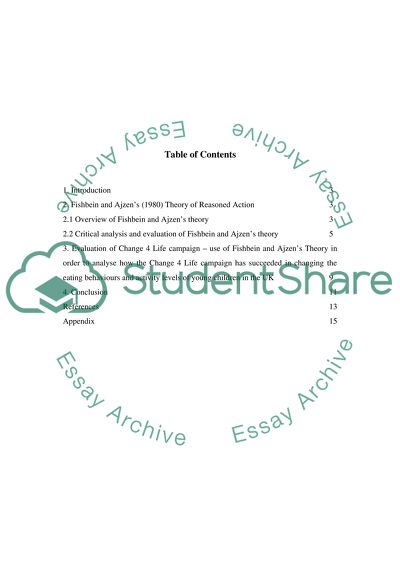Cite this document
(“Consumer Attitudes and Behaviour Assignment Example | Topics and Well Written Essays - 3000 words”, n.d.)
Retrieved de https://studentshare.org/family-consumer-science/1410730-consumer-attitudes-and-behaviour
Retrieved de https://studentshare.org/family-consumer-science/1410730-consumer-attitudes-and-behaviour
(Consumer Attitudes and Behaviour Assignment Example | Topics and Well Written Essays - 3000 Words)
https://studentshare.org/family-consumer-science/1410730-consumer-attitudes-and-behaviour.
https://studentshare.org/family-consumer-science/1410730-consumer-attitudes-and-behaviour.
“Consumer Attitudes and Behaviour Assignment Example | Topics and Well Written Essays - 3000 Words”, n.d. https://studentshare.org/family-consumer-science/1410730-consumer-attitudes-and-behaviour.


